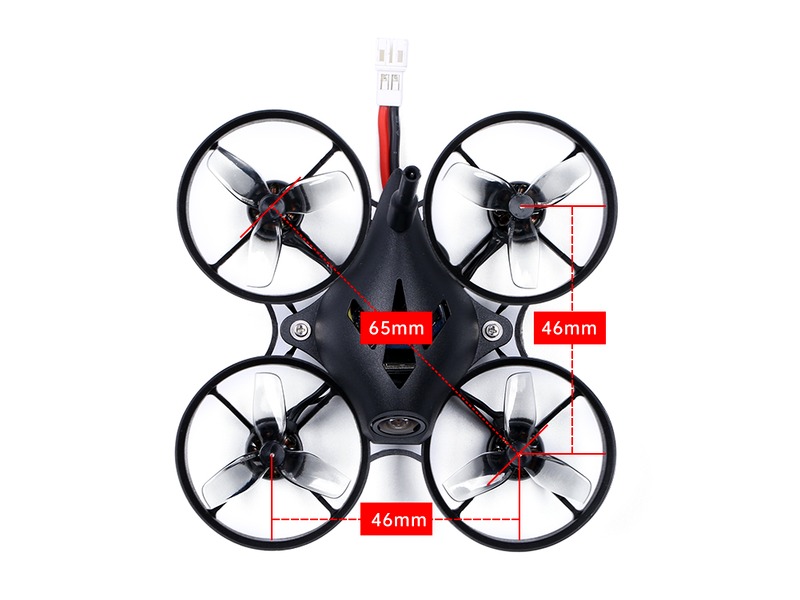Is it OK to fly a drone in snow?

Flying a drone in snow is a tricky proposition and should be done with caution. While it is possible to fly a drone in snow, there are a few things to consider before doing so.
First, the weather conditions should be taken into account. If the snow is light and the wind is low, then it is generally safe to fly a drone in snow. However, if the snow is heavy and the wind is high, then it is best to avoid flying a drone in snow. High winds can cause the drone to drift and lose control, and heavy snow can interfere with the drone’s sensors and cause it to crash.
Second, the drone should be equipped with the appropriate safety features. Many drones come with built-in features such as obstacle avoidance and return-to-home functions that can help prevent crashes in the event of a malfunction. Additionally, it is important to make sure the drone is properly insulated to prevent it from freezing in cold temperatures.
Third, the drone should be operated in an area that is free of obstacles. Flying a drone in snow can be difficult because the snow can obscure obstacles and make it difficult to see where the drone is going. It is important to make sure the area is clear of trees, buildings, and other obstacles before flying the drone.
Finally, it is important to be aware of the laws and regulations regarding drone use in snow. In some areas, flying a drone in snow is prohibited or restricted. It is important to check with local authorities to make sure that the drone is being operated in accordance with the law.
In conclusion, flying a drone in snow is possible, but it should be done with caution. The weather conditions, safety features, and laws should all be taken into consideration before flying a drone in snow. With the right precautions, it is possible to fly a drone in snow safely and enjoy the experience.
Comments / Question
2. Use a preheater: Preheaters are devices that can be installed on your drone to help keep it warm in cold temperatures.
3. Store your drone in a temperature-controlled environment: If possible, store your drone in a temperature-controlled environment, such as a heated garage or room, to help prevent it from freezing.
4. Use a cold-weather rated drone: Some drones are specifically designed to tolerate cold temperatures better than others. Look for drones that are rated for cold weather use to ensure that it will not freeze in the cold temperatures.
5. Insulate the drone: Adding insulation to help keep the cold air out and the heat in can help keep your drone from freezing in cold temperatures.
1. Reduce the speed of the drone to avoid losing control in the snow.
2. Make sure the drone is adequately insulated to prevent it from freezing.
3. Avoid flying near trees or other obstacles that can be hidden under the snow.
4. Make sure the batteries are kept warm to ensure proper functioning.
5. Consider using an autopilot system to help maintain control in the snow.

